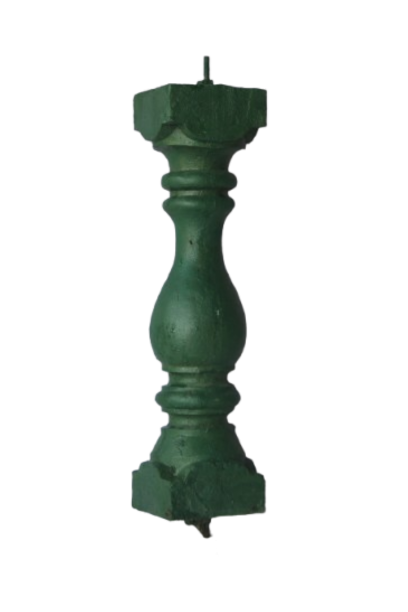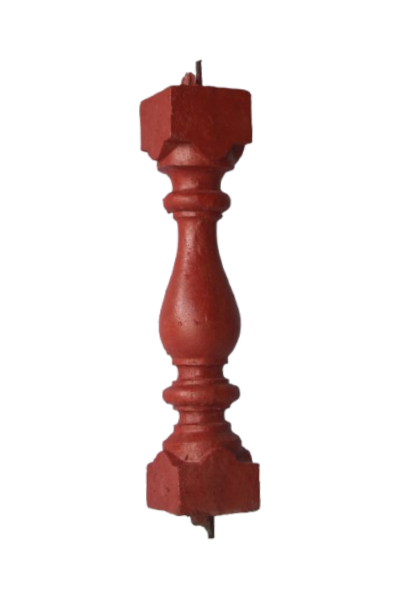Modern Concrete Baluster 5 ( 18 X 4 X 4 Inch )
Modern Concrete Baluster 5 ( 18 X 4 X 4 Inch )
A classically-proportioned architectural baluster crafted in rich terracotta, featuring an elegant vase-like silhouette with a bulbous body and tapered neck. This decorative element showcases traditional architectural design with its symmetrical form, refined proportions, and distinctive reddish-brown coloring. The piece exhibits both decorative and functional characteristics typical of historical balustrades, with mounting points visible at both ends, suggesting its original use as part of a larger architectural feature such as a railing system or decorative barrier.
SKU: SKU00043
Category: Balusters
Stock: 10000


